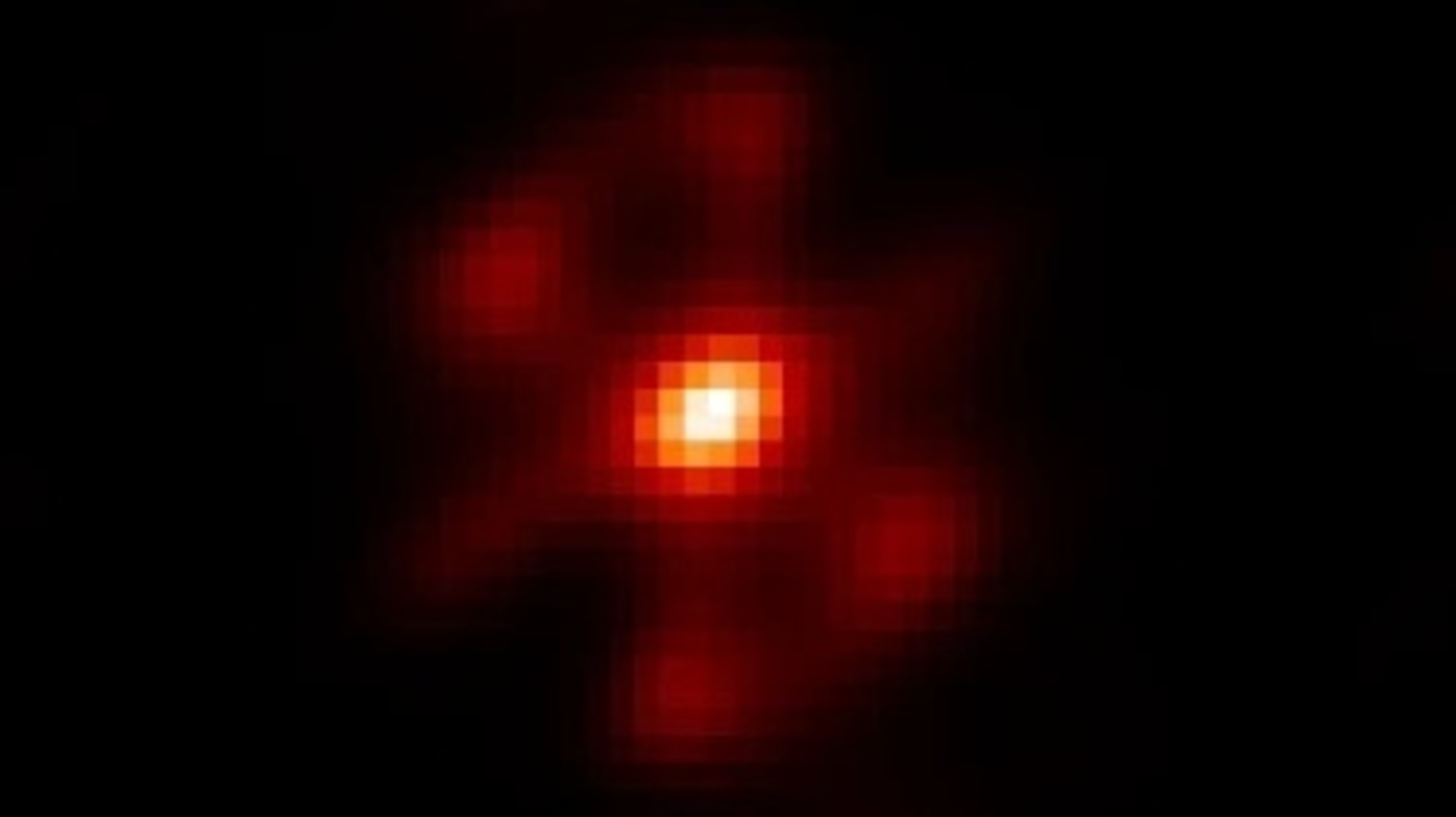The X-37 Spaceplane to Fly At Mojave Spaceport

Yet another experimental spaceplane may soon fly the skies over the Mojave, California inland spaceport.
The work pace appears to be accelerating in readying the unpiloted X-37 vehicle for a drop test high above the desert. Taking the craft to altitude for release will be the White Knight mothership, designed and operated by Scaled Composites of Mojave, California.
It was the White Knight that toted SpaceShipOne skyward for release, with that piloted rocketplane making repeated suborbital flights in 2004--bagging the $10 million Ansari X Prize in the process.
The White Knight/X-37 combination has undergone numbers of taxi and flight hops in preparation for the first release of the vehicle. But the drop test has been plagued several times by bad weather in the area, as well as telemetry issues between the vehicle and ground controllers. This week, according to SPACE.com sources, a new data link tower was installed to help solve the problem.
The X-37 test program is being carried out by the Pentagon's Defense Advanced Research Projects Agency (DARPA) and the Space and Intelligence division of the Boeing Company, with some support from NASA.
Regarding the likelihood of any near-term, drop test of the vehicle, DARPA spokesperson, Jan Walker, told SPACE.com that they do not announce test dates in advance. Only until after the test occurs will confirmation be provided.
Autonomous flight mode
Breaking space news, the latest updates on rocket launches, skywatching events and more!
When the X-37 was under NASA's wing in the late 1990s, it was to be the first of a planned series of flight demonstrators dubbed Future X.
The Boeing-built X-37 was billed at the time as an unpiloted, autonomously operated vehicle designed to conduct on-orbit operations and collect test data in the Mach 25 (reentry) region of flight.
Those early plans for the X-37 called for it to be ferried to orbit by the space shuttle or an expendable launch vehicle where it would be deployed in Earth orbit. The vehicle would then remain in space for up to 21 days and perform a variety of experiments before reentering the atmosphere and landing on a conventional runway.
But those plans were scrapped, with NASA transferring its X-37 technology demonstration program to DARPA in late 2004.
The robotic space plane is dubbed by DARPA as the Approach and Landing Test Vehicle (ALTV). The craft has been at the Mojave airport since mid-April of last year and has been modified to fit underneath the White Knight carrier plane.
Little detail has been publicly offered as to the overall objectives of the vehicle today. However, a key action item is showcasing the ability of the X-37 to glide down to a landing and full-stop at a predetermined point in autonomous mode.
After air launch, touch down of the craft is expected to occur at the neighboring Edwards Air Force Base.

Leonard David is an award-winning space journalist who has been reporting on space activities for more than 50 years. Currently writing as Space.com's Space Insider Columnist among his other projects, Leonard has authored numerous books on space exploration, Mars missions and more, with his latest being "Moon Rush: The New Space Race" published in 2019 by National Geographic. He also wrote "Mars: Our Future on the Red Planet" released in 2016 by National Geographic. Leonard has served as a correspondent for SpaceNews, Scientific American and Aerospace America for the AIAA. He has received many awards, including the first Ordway Award for Sustained Excellence in Spaceflight History in 2015 at the AAS Wernher von Braun Memorial Symposium. You can find out Leonard's latest project at his website and on Twitter.
